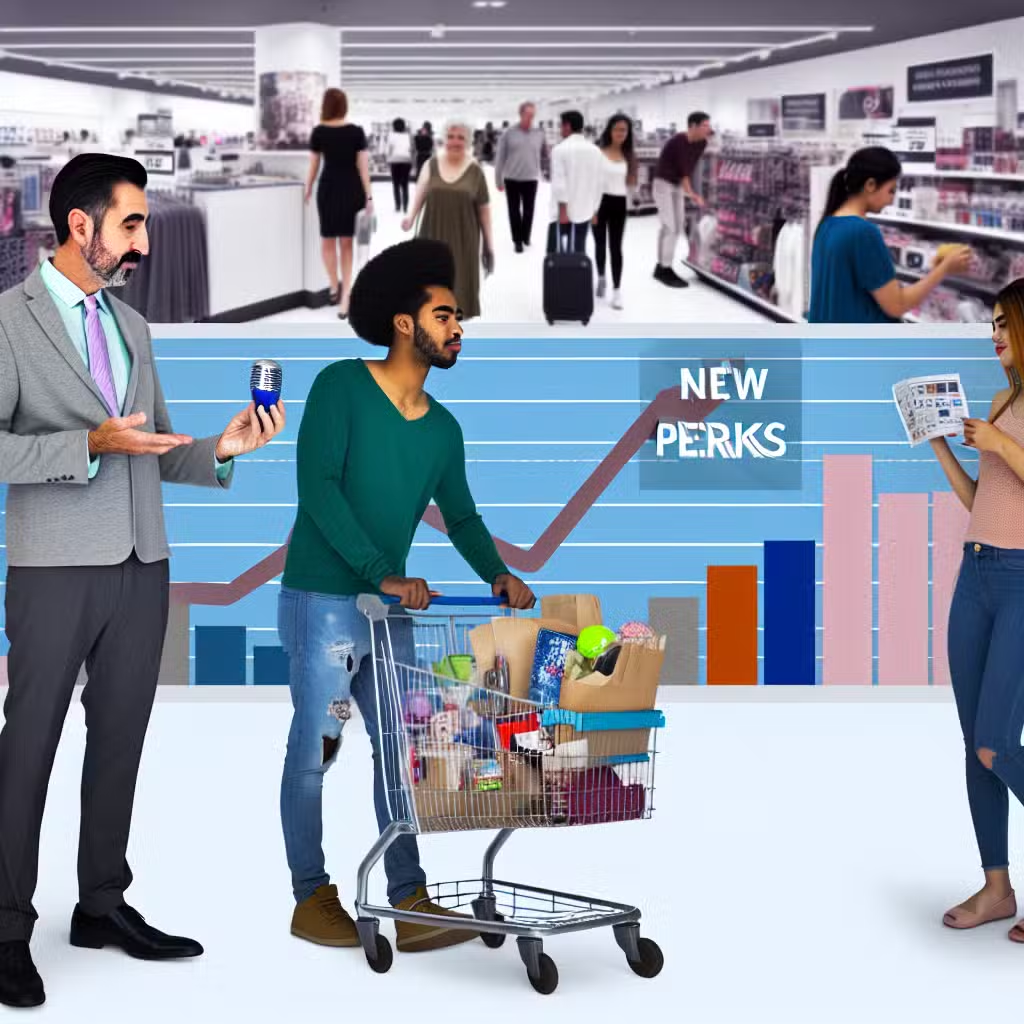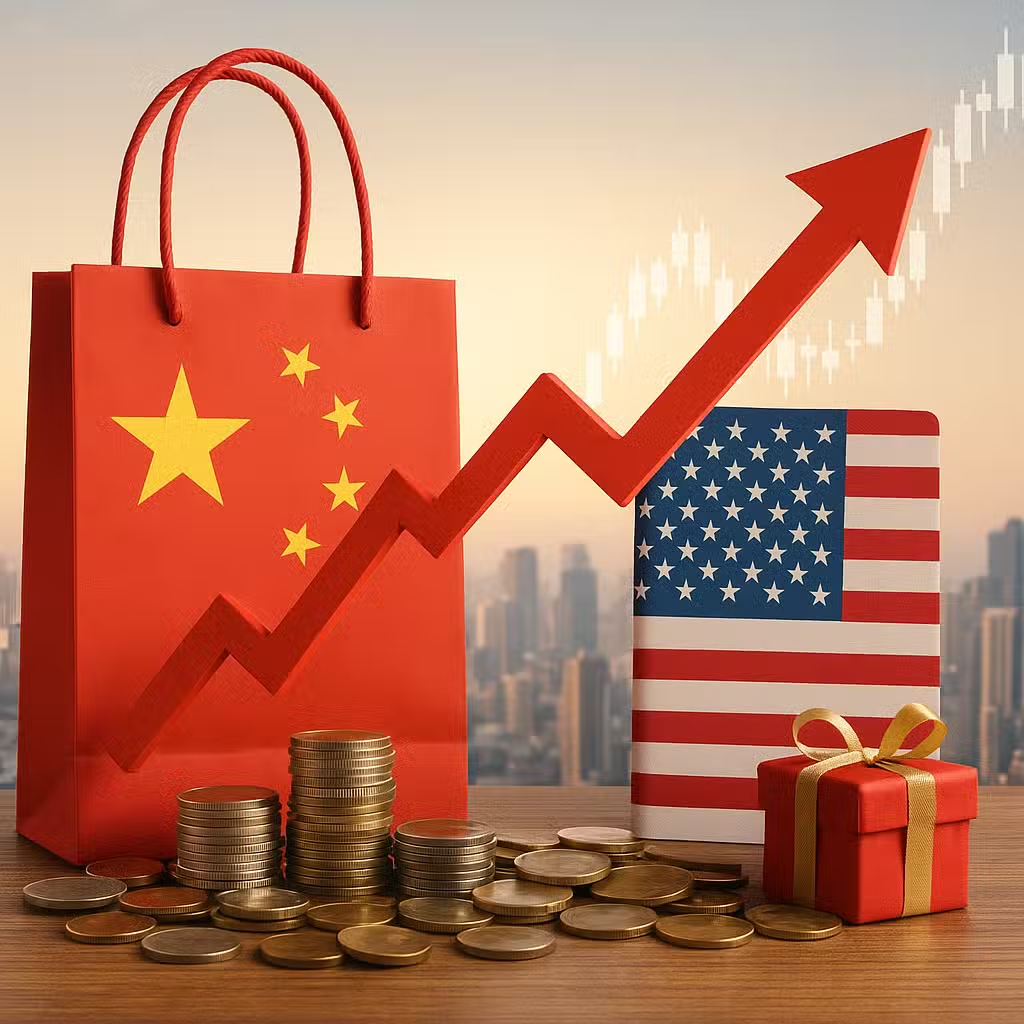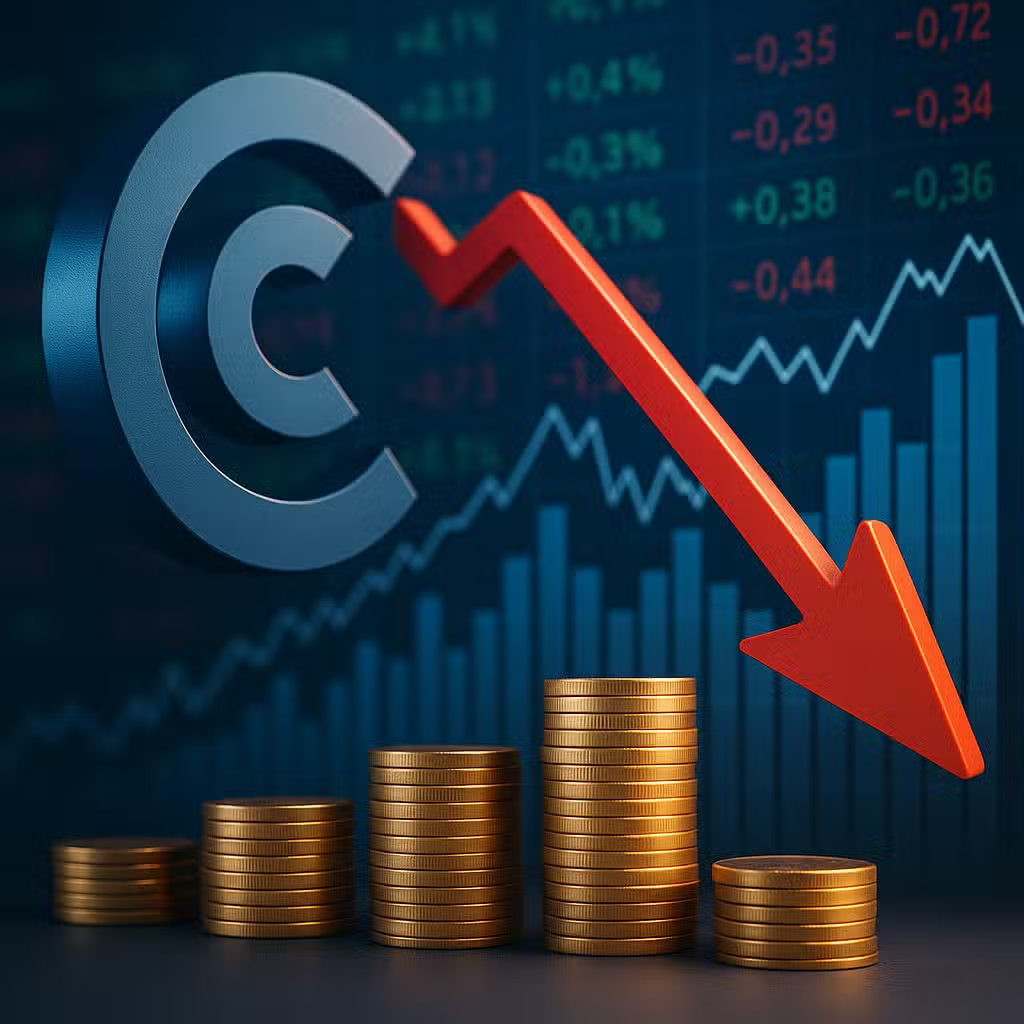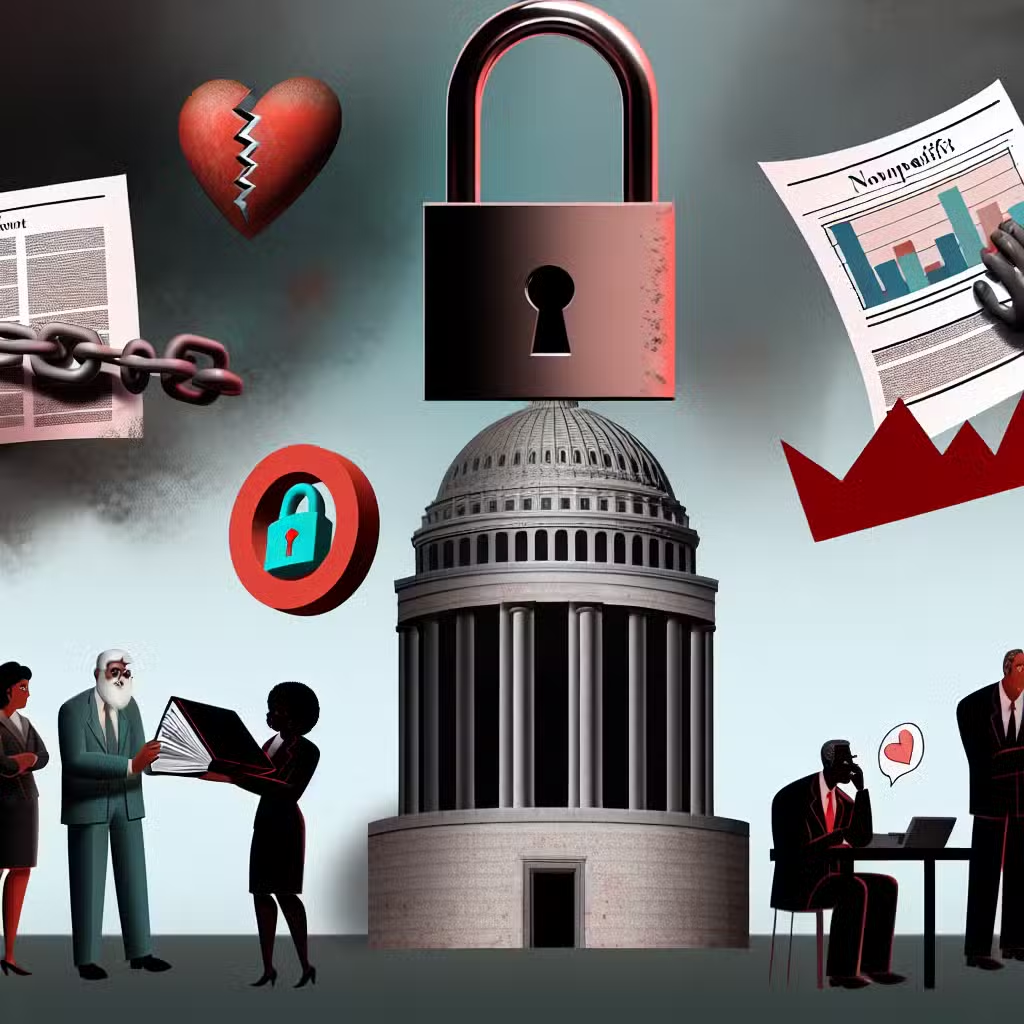Department Stores Enhance Perks to Attract Shoppers, Offering New Opportunities for Investors
Shopping at department stores is a bit like visiting your favorite family restaurant—older folks love it for the friendly service and comfort, while younger people prefer to order takeout online. This shift in shopping habits matters to investors because it affects which companies will grow and which might struggle in the future.
Why Department Stores Still Matter
Many younger shoppers are turning away from department stores, but older shoppers keep coming back. Why? Department stores often offer better return policies, special deals, and personal service you don’t find online. For example, if a store doesn’t have what you want, they might order it for you and ship it for free. That’s not something most online stores do!
Investors should pay attention because department stores are trying hard to keep their loyal shoppers while also reaching out to the next generation.
Why Some Shoppers Love Department Stores
- Easy Returns: Department stores usually let you return things without a hassle, sometimes for free.
- Personal Service: Staff can help you find what you need, and sometimes even deliver items to your house if you’re in a rush.
- Special Events: Stores like Bloomingdale’s run big sales and “friends and family” events that give shoppers big discounts.
- In-Store Savings: You can often find deals in person that aren’t available online.
According to a Capital One report, baby boomers are much more likely to shop in person than Gen Z, who grew up with online shopping.
Why Younger Shoppers Go Online
- Social Media Shopping: Many young people discover new brands and trends on apps like TikTok and Instagram.
- Convenience: Online shopping is quick and easy—no need to leave the house.
- “Bracketing”: Shoppers buy several sizes or colors and return what doesn’t fit, although this can cost more in return fees over time.
- Stricter Online Returns: Many online stores now charge fees for returns, making it less attractive than it used to be (Happy Returns report).
This trend is sometimes called “the tiktokification of retail,” because social media is now a big part of how people shop.
Pros and Cons for Investors
- Pros:
- Luxury-focused department stores like Bloomingdale’s are doing better by attracting wealthier shoppers.
- Stores that offer great service and perks still have loyal customers, especially among older adults.
- Personal stylists and special events help keep shoppers coming back.
- Cons:
- Department stores are closing locations as more people shop online.
- Middle- and lower-income shoppers are cutting back due to higher prices for everyday goods, which hurts sales at many stores.
- New online brands can compete more easily now, thanks to the internet.
According to the U.S. Census Bureau, department store sales have dropped by more than 40% in the last 20 years (source), showing how much the landscape has changed.
What’s Next for Department Stores?
Some big chains, like Macy’s, are closing stores but opening more luxury locations, hoping to attract high-income shoppers. These customers are less affected by rising costs and are willing to spend on quality items and service.
Still, it’s a tough market. Department stores must find new ways to bring in younger shoppers while keeping their older fans happy. Personal service, loyalty programs, and special events might be the key to surviving—and thriving—in the years ahead.
Investor Takeaway
- Watch for department stores that focus on luxury and personal service—they’re more likely to stay strong.
- Pay attention to how companies adapt to online shopping and social media trends.
- Look for stores that balance in-person perks with digital convenience.
- Remember that changing shopper habits can shake up entire sectors, so keep an eye on retail trends.
- Consider diversifying your investments across both traditional retailers and fast-growing online brands.
For the full original report, see CNBC







